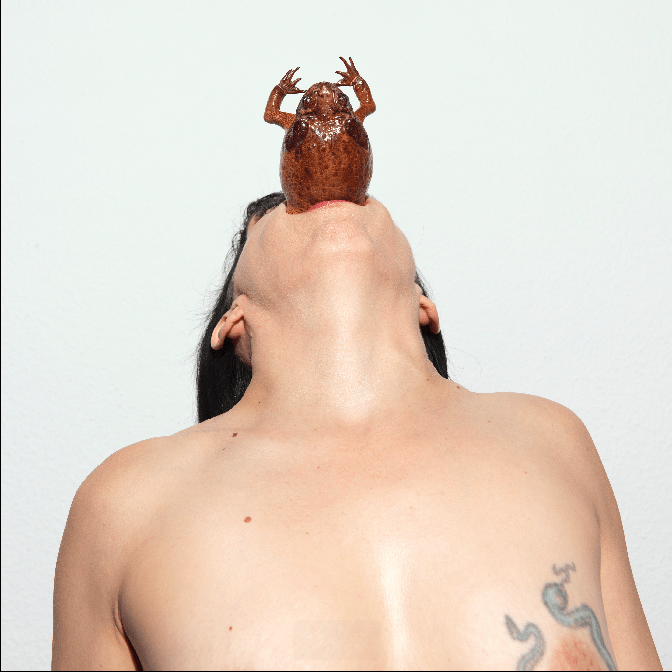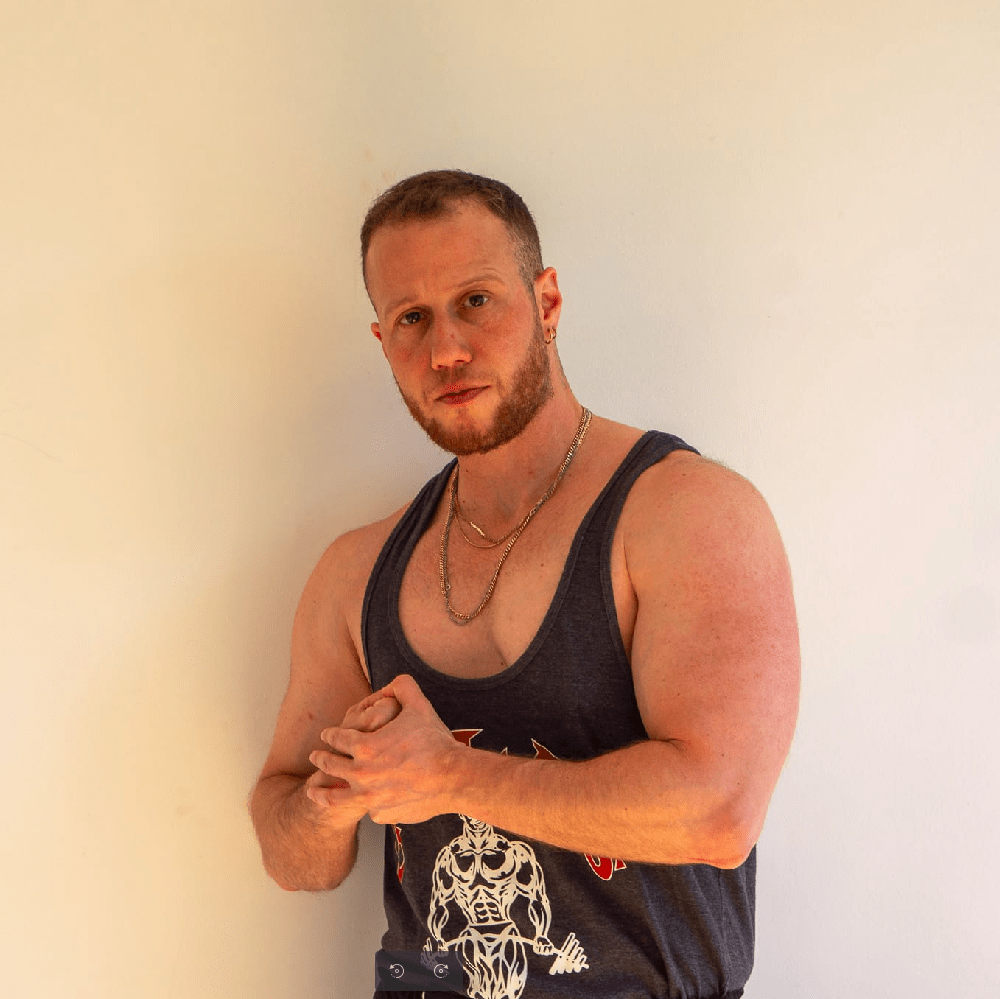
Anna Natt is a performing artist and dominatrix whose multimedia work explores the intersection of dance, performance, and visual arts. Her video works, stage performances, and interactive pieces have been shown internationally in theaters as well as galleries and alternative spaces. Her background includes dance, BDSM, Body Weather, hypnosis, tantra massage, among other practices, and she draws from these experiences in her artistic work.
Although originally trained as a flamenco dancer, she incorporates somatic and contemporary practices to abstract the body. Through this process, she seeks to explore the textures and qualities of movement, cultivating a deeper understanding of the body and its nuances.
A connection to trance and dream states is also a central theme in her work. She was raised a charismatic Christian, a branch of evangelical Christianity that uses techniques such as speaking in tongues and receiving visions. Early contact with these mystical practices led her to experiment with secular methods that reach similar states, such as Vipassana and Osho Dynamic Meditation, Holotropic breathing, and experimental bodywork. This has fostered an interest in metamorphosis and transformation, and in how subtle, often unspoken forms of intimacy and embodied communication manifest in everyday life.
She has created interactive spaces, curated the 3 day role-play performance space at the Berlin Xplore Festival, and offers immersive workshops in both on and offline contexts.
Nattan Dobkin

Nattan Dobkin is a performance artist, dramaturg, teacher, and adjunct professor in the Department of Gender Studies at Ben Gurion University. He/they teach a performance-art course at the college The Garage for students facing mental health challenges, and regularly facilitate independent workshops across Europe, focusing on the performer’s identity in sexual and political contexts on stage.
Their work experiments with creating temporary communities and explores sexual identity and gender through personal, interpersonal, and political dimensions.
Photo credit: Tamir Lederberg
